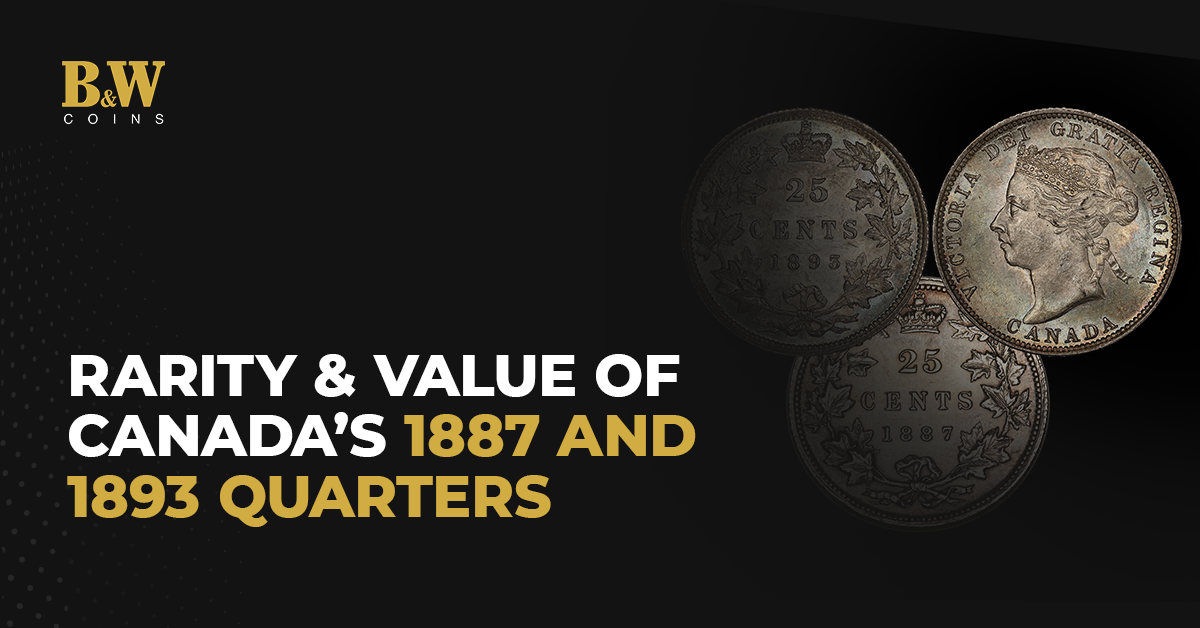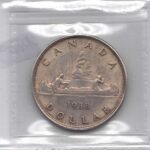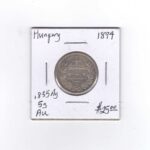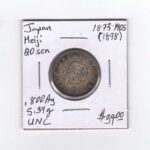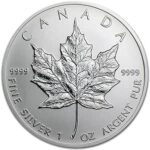Victorian Canadian quarters are the most interesting objects in the numismatic history of the country. Of these the issues of 1887 and 1893 are unique in reason of their scarcity, their historical importance, and continuing interest to the collector. Not only in the form of silver coins, these works represent an instance involving the creation of the national identity in the province of Canada upon the reign of Queen Victoria.
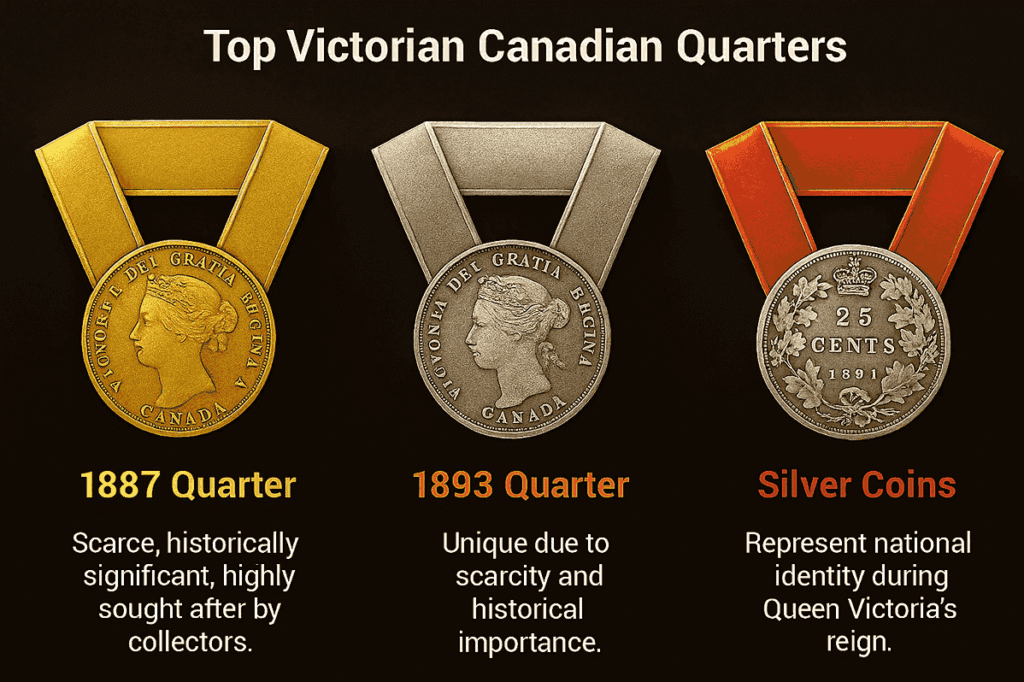
To the collectors, it is not just about the amount of metal in these quarters. Their prices are associated with small mintages, survival rates, and condition. Having the answer to this question will enable both collectors and investors to value their contribution to the history of Canadian numismatics more and assess their long-term value.
Historical Background and Design Elements
The 1887 and 1893 quarters were minted at a time when Canada was in an economic and social boom. They were minted when sterling silver was the norm therefore such coins had intrinsic and historical value. Accompanied by the commemorative youthful image of the Queen Victoria made by Leonard Charles Wyon, they show the skill and sophistication of the coinage of the 19th century.
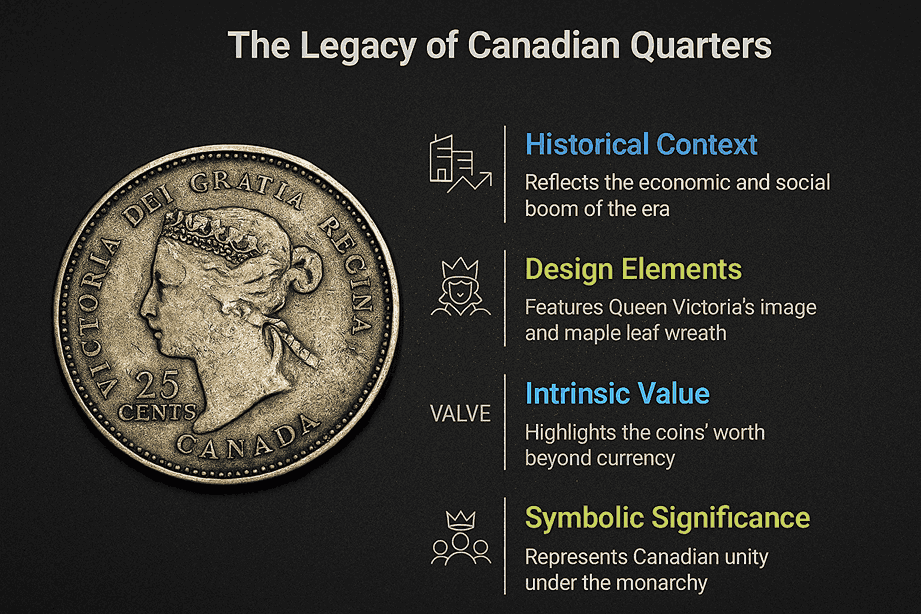
The denomination appears on the back with the wreath of maple leaves that has a crown at the top, the reason is that the wreath was used to signify the unity of Canada under the monarchy. All these factors make the coins not only the money of the day, but also timeless symbols of Canadian history, valued more as a work of art than as currency.
The denomination appears on the back with the wreath of maple leaves that has a crown at the top, the reason is that the wreath was used to signify the unity of Canada under the monarchy. All these factors make the coins not only the money of the day, but also timeless symbols of Canadian history, valued more as a work of art than as currency.
Read More Blog:- Natural vs Lab-Grown Diamonds Brampton: Buyer’s Guide
Mintages and Scarcity of Surviving Examples
The records indicate a comparatively low amount of production dates on both dates with mintages in the one hundred thousand range. Though this may sound substantial, the fact that circulation, melting and loss have taken place over the decades, imply that only a lot less examples survive today. This is very acute in the secondary grades, particularly in the higher grades, where there is demand on the part of serious collectors much in excess of supply.
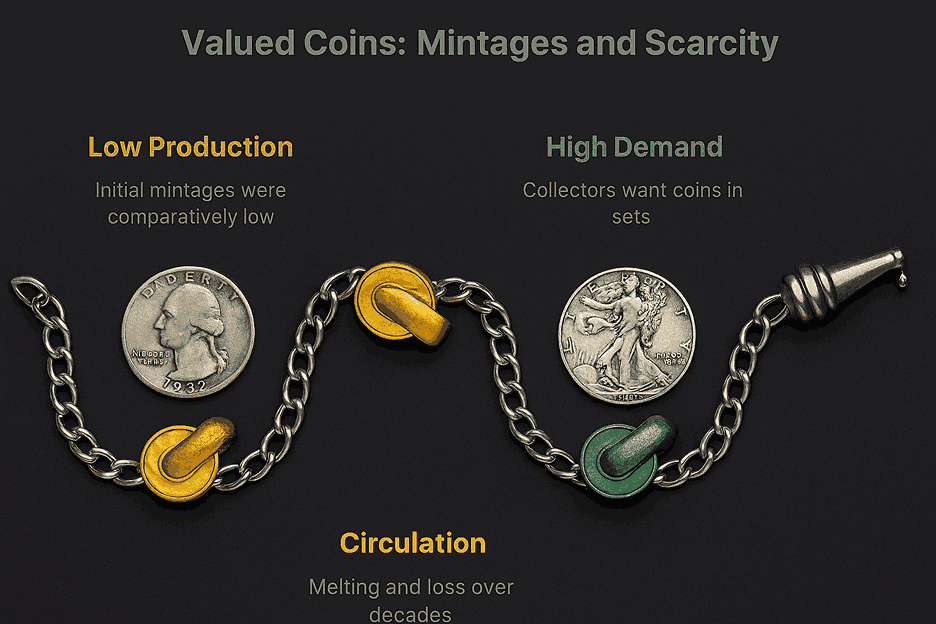
This has led to the commonality of coins of 1887 and 1893 not being found in complete Victorian quarter sets. It is not always easy to find one in a very fine or even better condition and this is one of the reasons why these dates are so treasured by the collectors. There is the rarity aspect which further contributes to the desirability of the coins thus becoming cornerstones of advanced collections of Canadian coins.
Value Progression by Condition
The price of 1887 and 1893 quarters like most rare coins greatly relies on the condition. Even better circulated ones can retain high premiums over melt value, and frequently find interest among the novice collector, looking to buy low-priced coins of Victorian age. Granted they are Good or Very Good grades, even at that level these quarters will be priced higher than many other dates in the series.
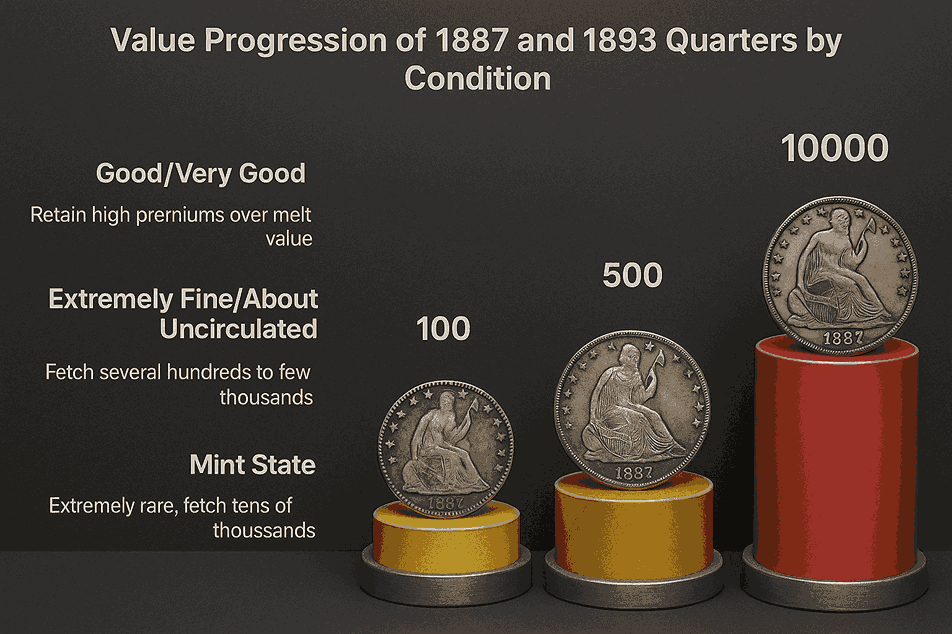
With better conditions there is a sharp increase in values. Extremely fine or About Uncirculated graded coins may fetch several hundreds or few thousands Canadian dollars. They are extremely rare in Mint State where they have fetched prices in the tens of thousands during auction. In the eyes of investors, this conditional value development necessitates authentication and grading.
Read More Blog:- Sell Coin Collection: Smart Guide with Expert Tips & Insights
Grading Factors That Influence Value
Strike quality and preservation is the most vital issue in value determination. Sharpness in the hair of Queen Victoria, a distinct wreath on the reverse and little wearening on the high points are sought by the collector. The quality of the surface is also important and natural toning and original luster are incorporated to make the surface appealing. Exceptionally attractive coins usually fetch great premiums even when they are of the same grade as typical coins.
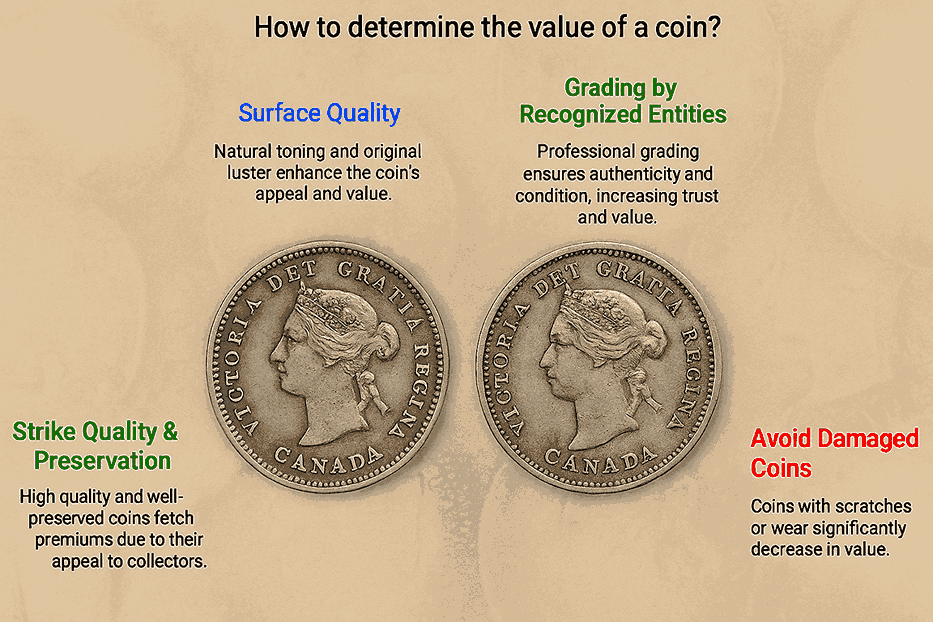
Conversely, the value of the coins which are washed, scratched or worn seriously decreases in the market. Grading by recognized entities like PCGS, NGC or ICCS can frequently help gain trust in the buyer and the seller usually makes better results when these coins change hands. A graded coin will offer both the assurance of authenticity and condition as well as the reduced risk to both the collector and the investor.
Market Trends and Auction Results
The level of demand on the early silver queries in Canada has been intensified in recent years, owing to both foreign and local collectors. Auction houses have commented that there is more competition over the 1887 and 1893 examples, especially those in certified higher grades. This has been a trend, which has helped in increasing premiums and appreciation as time goes by.
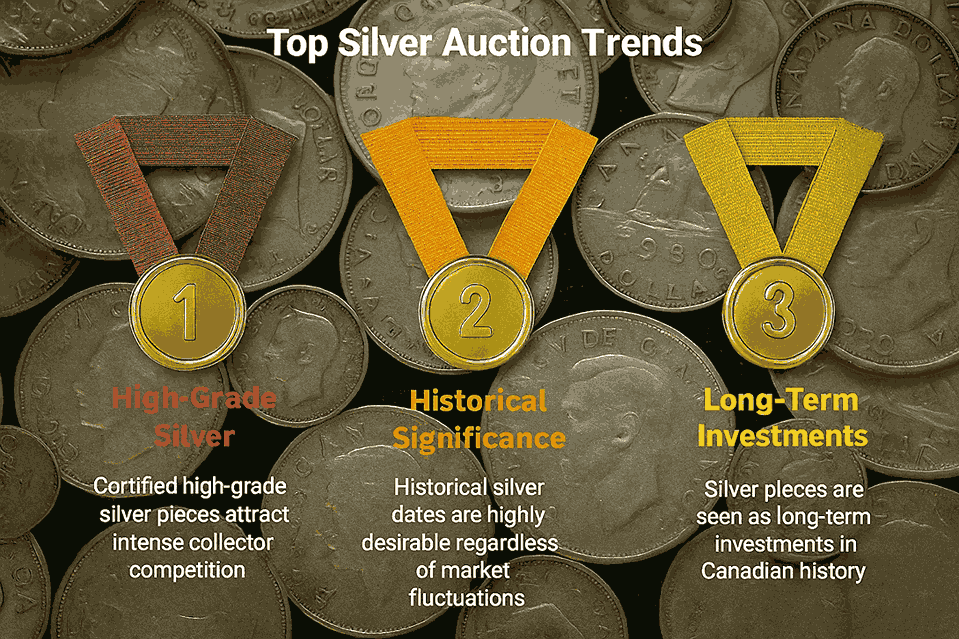
Although silver prices have a reference point, the actual market value is facilitated by the demand of collectors. These dates are historically important and this makes them very desirable irrespective of the changes in the bullion markets in the short term. To serious collectors they are long-run investments in Canadian history.
Read More Blog:- How to Trade Old Banknotes and Rare Paper Currency Safely
The Collector’s Appeal of 1887 and 1893 Quarters
Other than this price, the beauty of these coins is their rarity and their story. They are corporeal associations with a youthful country of Queen Victoria, a symbol of craft, lack and survival. When people buy them as collectors they are not merely to purchase silver, they are purchasing a part of Canadian history.
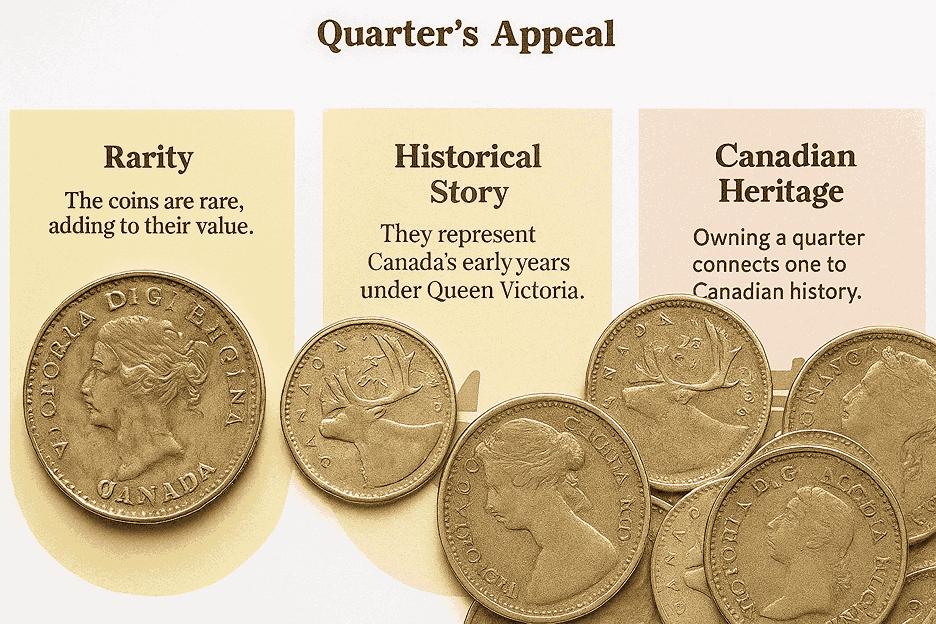
This impact and historic attachment makes them more collectible. Having one of 1887 or 1893 quarters is having a part of the Canadian heritage which very few can boast of. It is that historical as well as exclusive that makes these coins unique in the numismatic marketplace. To most of the collectors, the history of these quarters is as valuable as the silver.
Conclusion
The 1887 and 1893 Canadian quarters are not merely a rare issue; it is a landmark of the Victorians in their coinage. Their comparatively low issues, and the difficulty with which they are obtained in high grades, form a necessary part of the Canadian currency collection of the collector. Both coins are simultaneously economic history and national identity, as well as valuable culturally as much as they are economically.
These coins will continue to be of primary interest to the collectors as the demand in the early Canadian silver is increasing. The prices can depend on condition and certification, however, their scarcity will guarantee permanence in value. Those hard-core numismatists are aware that acquisition of these dates is not so much about monetary gain as much as it is about legacy.
In B&W Coins, we assist the collectors in finding, verifying as well as determining the worth of obscure Canadian coins, such as the rare 1887 and 1893 quarters. You need to start off with a collection or you want to add more to an existing collection, our experience is capable of making certain that you make the right decision. Browse our collections and find out why these Victorians quarters are necessary to any serious collection.

